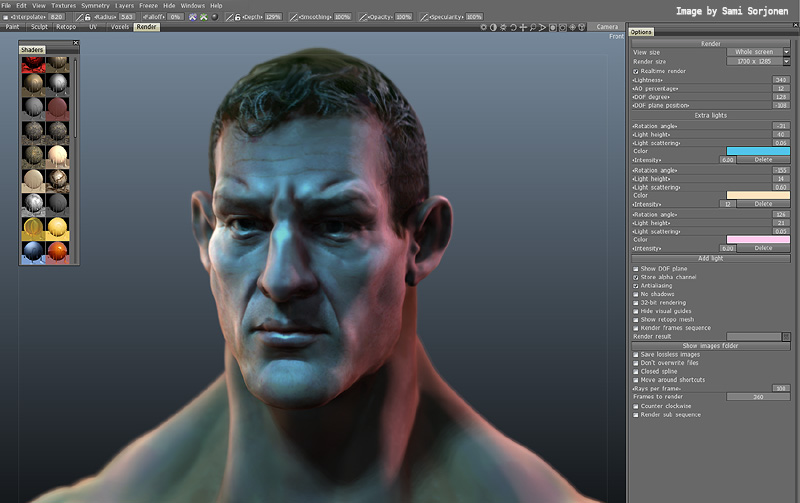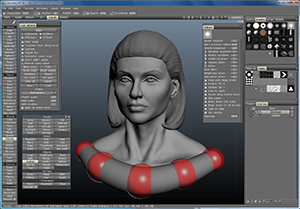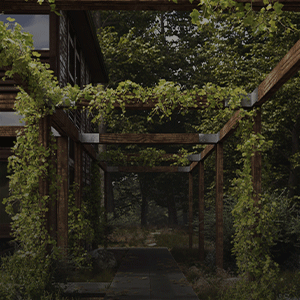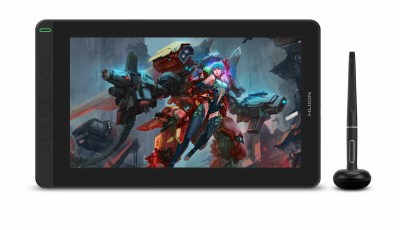
3D-Coat 3.5 review
- Retopology tools are some of the best out there
- Excellent value
- Voxel mode is still a bit sluggish, Surface mode has to be used for detail sculpting
- Non-standard posing and transformation tools
By Olli and Sami Sorjonen, May 30, 2011
Introduction
QUICK SPECS
3D-Coat
Software type: Standalone
Version: 3.5
Category: Modeling
Company: Pilgway
SHARE
3D-Coat is a voxel sculpting software developed by Ukraine-based Pilgway, that aims to make it possible to sculpt without any topological constraints, while providing at the same time a comprehensive toolset for UV mapping, painting textures and retopologization.
The software supports CUDA acceleration provided by NVIDIA GPU cards. It can utilize 3DConnexion’s space navigator controller and pressure sensitive tablets like Wacom. 3D-Coat is being developed as cross platform software for 32-bit and 64-bit Windows, Apple OSX and Linux, and currently supports 8 different languages, which might be a plus for non-English speakers.
The version reviewed is the third major installment of the software, with features that bring it closer to a bigger professional audience, steering away from the niche software corner.
Note: among the images accompanying this article, only the models that explicitly state so were created 100% with 3D-Coat. All models were made by Olli and Sami Sorjonen.
Initial Impressions and Workflow
When starting 3D-Coat the user is greeted with a gray user interface and a menu with various options, which helps a lot when taking your first steps in the application, as some of the panels and tools are full of options and their purpose may not be immediately obvious.
There are different workspace modes, called “rooms”, for approaching the different tasks: Paint, Sculpt, Retopo, UV, Voxels and Render. The software is basically split into two logical parts: Paint, Sculpt and UV “rooms” (for working with meshes), and Voxels and Retopo “rooms” (for working with hires voxel models). In the case of the Retopo room, voxel models show up there as a reference mesh, which you can use as a model to build new geometry on. The Render room, finally, shows both meshes and voxel models.
The different workspace modes can be accessed via tabs located on the top part of the 3D-Coat window. Pressing a mode tab changes the UI with one mouse click, in similar fashion to Maya or Softimage.
Initially it’s hard to figure out how one should do certain things. For example, if you wanted to import a hi-res mesh and start retopologizing it, it’s not immediately obvious how to do it. When you click buttons to access different modes, the model shows up in certain rooms and not others depending on its type (voxel model or low-res polygonal mesh).
When you get over these UI oddities, however, the interface enables you to handle different tasks quickly.
User Interface
Overall the feel of 3D-Coat is pretty snappy and fast, all selections, viewport navigation, etc., are quick and responsive. Most of the UI is customizable, layouts can be saved and restored. Mouse and keyboard navigation can also be customized, in similar manner to Mudbox and ZBrush, so that you can adjust the viewport navigation and other buttons to mimic those of other apps you are using.
Presets exist for default views and there are tools to quickly frame the model in the viewport, in case you’ve lost focus on it. Light intensity and direction, as well as ambient light can be adjusted through viewport buttons. There’s also a 2D overlay grid available for checking proportions. Another UI feature worth mentioning is the possibility of assigning shortcuts to camera views.









ZBrush: $700 – &800
3D Coat: $300 – $400
Mudbox: $100 – $200 2 year sub license
Modo: $800 – $1000 jack of all trades minus Mari
Final words I would say their all good, I have the first and last options. Though I have given up on ZBrush, terrible interface but awesome experience if your willing to dump your personal time into it. Modo if you want a cheap modelling tool or Blender if you can’t afford it.
I would say 3D Coat is the middle ground, less paint brush and more accurate tooling. Some artists don’t like that luckily I’m not one of them. Mudbox is alright but you can’t do everything in one app unlike the other options.